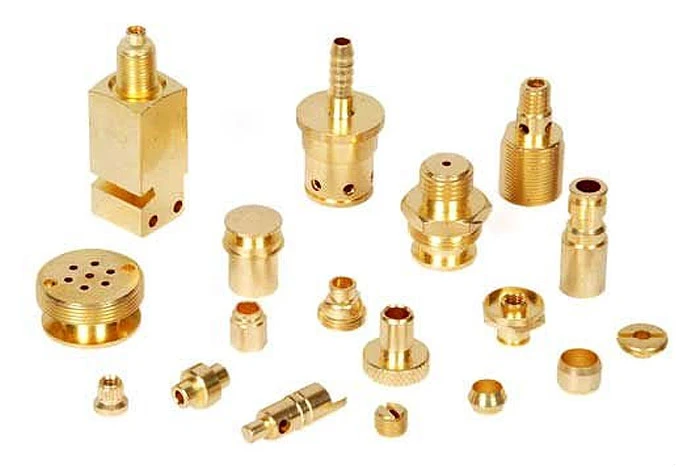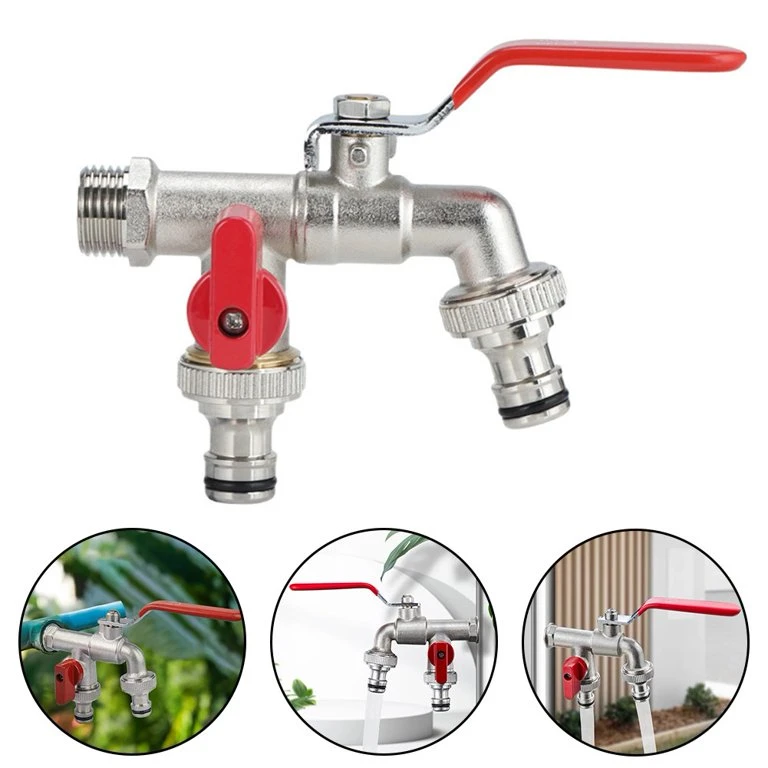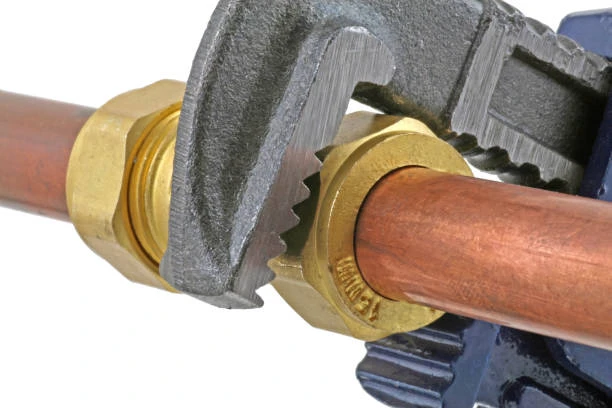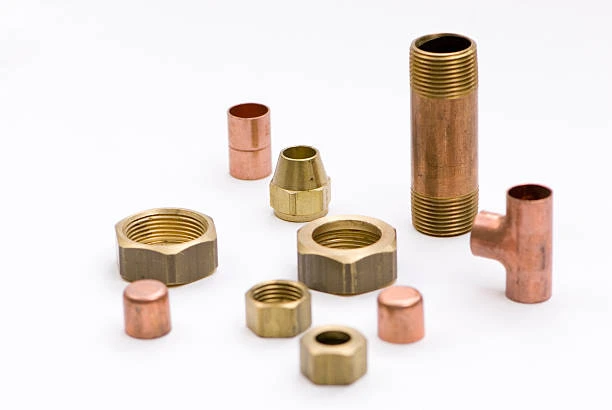Introduction to Brass Hose Fittings
Brass hose fittings ASTM F2788 are vital components in various plumbing, gardening, and industrial applications. Known for their strength, durability, and resistance to corrosion, these fittings provide reliable connections for hoses in water supply systems, irrigation, and more. In this guide, we will explore the features, benefits, types, and applications of brass hose fitting, along with tips for installation and maintenance.
What Are Brass Hose Fittings?
Brass hose fitting are connectors that join hoses to other hoses, pipes, or equipment. Made from brass, a metal alloy primarily composed of copper and zinc, these fittings offer exceptional mechanical properties, making them ideal for handling liquids and gases in different environments. Brass hose fitting come in various shapes and sizes, designed to accommodate different hose diameters and applications.
Advantages of Using Brass Hose Fittings
Brass hose fittings are favored for several reasons:
1. Durability
Brass is known for its strength and longevity. Brass hose fittings can withstand high pressures and temperatures, making them suitable for various applications.
2. Corrosion Resistance
Brass’s natural resistance to rust and corrosion ensures that these fittings maintain their integrity over time, even in wet or humid conditions.
3. Versatility
Brass hose fitting are compatible with various hose materials and can be used in multiple applications, from garden hoses to industrial systems.
4. Leak-Proof Connections
When properly installed, brass hose fitting create secure, leak-proof connections, minimizing water loss and maintaining system efficiency.
Common Types of Brass Hose Fittings
Brass hose fitting come in several types, each designed for specific purposes:
1. Hose Bibs
Hose bibs are outdoor faucets that connect a garden hose to a water supply. They are typically threaded for easy attachment and removal.
2. Hose Clamps
These fittings secure hoses to a fitting or connector, preventing leaks and ensuring a tight connection. They come in various sizes to fit different hose diameters.
3. Adapters
Brass adapters connect hoses of different diameters or thread types. They are essential for transitioning between hose sizes or connecting to different plumbing fixtures.
4. Connectors
Brass connectors join two hoses together, allowing for longer runs or specific configurations in irrigation and plumbing systems.
5. Quick Connectors
Quick connectors enable fast and easy attachment and detachment of hoses without the need for tools, making them ideal for frequent use.
Applications of Brass Hose Fittings
Brass hose fitting are used in various applications, including:
1. Gardening and Landscaping
These fittings are essential for connecting hoses to water sources, sprinklers, and irrigation systems, helping to maintain gardens and landscapes.
2. Industrial Uses
In industrial settings, brass hose fitting are used for fluid transfer, connecting hoses to equipment, and ensuring leak-free connections in manufacturing processes.
3. Automotive
Brass fittings are often used in automotive applications for fuel and coolant lines, providing reliable connections under pressure.
4. Home Plumbing
In residential plumbing, brass hose fitting are used to connect hoses to faucets, washing machines, and other fixtures, ensuring a secure and leak-proof seal.
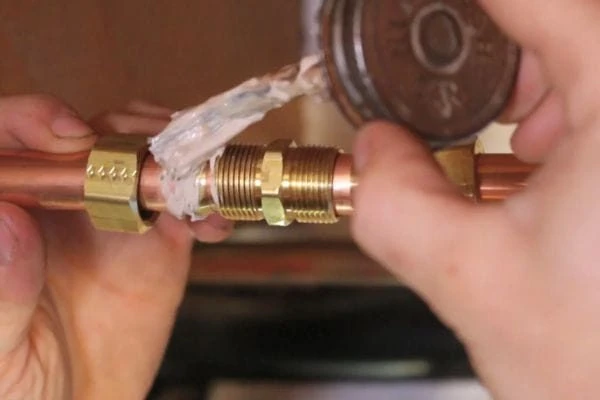
Installation of Brass Hose Fittings
Installing brass hose fitting is relatively straightforward. Here’s a step-by-step guide:
1. Gather Your Tools
You will need:
- Hose fittings
- Hose
- Adjustable wrench
- Teflon tape (for threaded connections)
2. Prepare the Hose
Cut the hose to the desired length using a sharp knife or hose cutter. Ensure the cut is clean and straight.
3. Attach the Fitting
For threaded fittings, wrap Teflon tape around the threads of the fitting to create a watertight seal. Screw the fitting onto the hose, tightening it by hand.
4. Secure with a Hose Clamp
If applicable, slide a hose clamp over the end of the hose, position it over the fitting, and tighten it with a screwdriver or wrench to ensure a secure connection.
5. Test for Leaks
Turn on the water supply and check for leaks around the connection. If any leaks are detected, tighten the fittings further until they are secure.
Maintenance Tips for Brass Hose Fittings
To ensure the longevity and performance of brass hose fitting, consider these maintenance tips:
- Regular Inspections: Periodically check the fittings and hoses for signs of wear or damage. Replace any components that show signs of deterioration.
- Keep Clean: Clean the fittings to remove any debris or buildup that could affect their performance.
- Store Properly: When not in use, store hoses and fittings in a dry place to prevent corrosion and damage.
Conclusion
Brass hose fittings are essential for a wide range of applications, offering durability, corrosion resistance, and versatility. Whether used in gardening, industrial processes, or residential plumbing, these fittings ensure secure, leak-proof connections. By understanding their features and benefits, you can make informed decisions when selecting brass hose fitting for your projects. With proper installation and maintenance, brass hose fitting will provide reliable performance for years to come.
